In all, I saw six species of warblers including the Nashville Warbler and Black & White Warbler. Black-chinned Hummingbirds were sited at the flowers of Red Buckeye shrubs as were a multitude of
 butterflies.
butterflies.On my return bike ride back along Wolf Mountain Trail I captured a picture of these two industrious Dung Beetles moving a brood ball made of dung. This ball will eventually be buried where the female will lay a single egg inside of
 it. Both adults and larvae eat dung.
it. Both adults and larvae eat dung.A final note about spring - the leaves are fast emerging on deciduous trees. In a week it will be much more difficult viewing and identifying migrating birds.

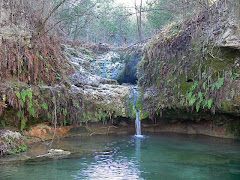
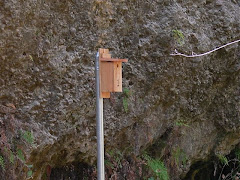
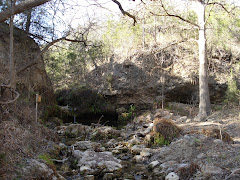
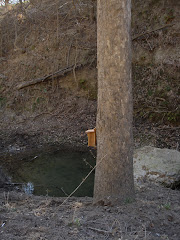
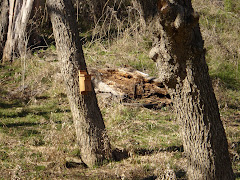




No comments:
Post a Comment